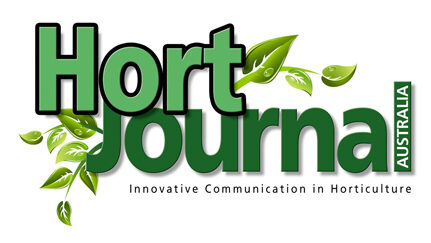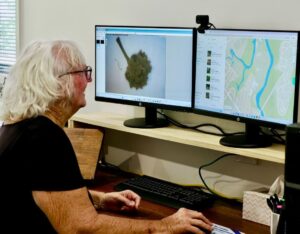
Living plant collections: A digital renaissance
By Richard Ackland and Rhonda Sorensen
Over the past 18 months, the North Coast Regional Botanic Garden (NCRBG) in Coffs Harbour, northern NSW, has revolutionised the way it manages records of its living plant collection. As a sanctuary of biodiversity, the botanic garden has long been a guardian of rare and significant plant species, yet its record-keeping systems had become outdated and fragmented. Today, a cutting-edge transformation is under way, bringing these invaluable records into the digital age with Hortis, a modern, cloud-based plant collections management platform.
For decades, meticulously kept records of the garden’s 5,000-strong plant collection were confined to ageing computers, hand-drawn maps and paper files. The process of tracking plant species, their provenance and their health status was labour-intensive and relied on legacy systems that were at risk of being lost to time. Now, thanks to Hortis, these essential data are being securely stored and made interactive, vastly improving accessibility and management for conservation, research and development efforts.
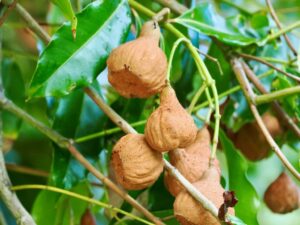
A committed team of Friends of the Gardens volunteers is at the heart of this transformation. These dedicated individuals are actively verifying the data-validating plant locations, assessing the condition of trees and capturing high-quality photographic records. Using Hortis on their own mobile phones, the team ensures that the information remains current, reliable and accessible, not just for garden management but also for scientific research and conservation initiatives.
This new digital record-keeping system has already yielded significant results. One striking example is the rediscovery of crucial historical data regarding two Syzygium glenum trees, a critically endangered species endemic to Cooper Creek in the Daintree Rainforest. Thanks to the thorough onboarding of records into Hortis, it was revealed that these specimens were originally received in 2004 and 2006 from renowned botanist Lyndley Craven (CSIRO Canberra), who formally described
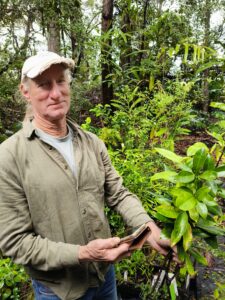
the species. It’s almost as if you can hear the voices of two old botanists, Alex Floyd and Lyndley Craven, strategically planning 20 years ago, knowing that these plantings might one day play an important role in conservation!
With these historical records now well integrated into Hortis, NCRBG staff and volunteers swiftly located the trees within the 20-hectare garden and took immediate conservation action. Remarkably, one of these trees has been fruiting annually – an
unusual occurrence compared to its wild counterparts. Recognising the importance of this anomaly, the garden has contributed to conservation efforts by sending seeds back to the Daintree Rainforest Rescue nursery at Cow Bay, supporting the reservation of this rare species.
NCRBG is set to complete the full digital transition of its plant database by the end of 2025. As part of this transition, NCRBG is inviting experts and plant specialists to contribute to the validation and verification of plant records. Efforts are also under way to enhance visitor engagement by integrating the collection with a public-friendly version of Hortis. Soon, visitors will be able to use their smartphones to explore the garden’s collection interactively, locating plants through an intuitive digital map.
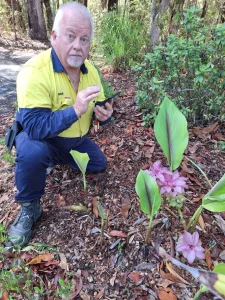
As the living plant collection records continue to evolve, NCRBG stands as a testament to how technology and dedicated stewardship can bring historical records
back from the brink and secure them for future generations. The living plant collections at NCRBG serve as a vital reservoir of biodiversity, conservation and
education, offering a beacon of hope for ecosystems like the distant Daintree, where evolution has shaped unique flora now increasingly threatened by habitat loss and climate pressures.
As Toby Golson, recently-retired specialist rainforest horticulturist from the Australian National Botanic Garden in Canberra notes, ‘This is very exciting news, and another example of the critical role botanic gardens can play in conservation.’
Originally printed in The Botanic Gardener (Issue 64, Winter 2025).
Richard Ackland
Curator
North Coast Regional Botanic Garden
E: richard.ackland@chcc.nsw.gov.au
Rhonda Sorensen
Volunteer Coordinator of Living Plant Collection Records
Friends of Coffs Botanic Garden
E: botanycbg@gmail.com
